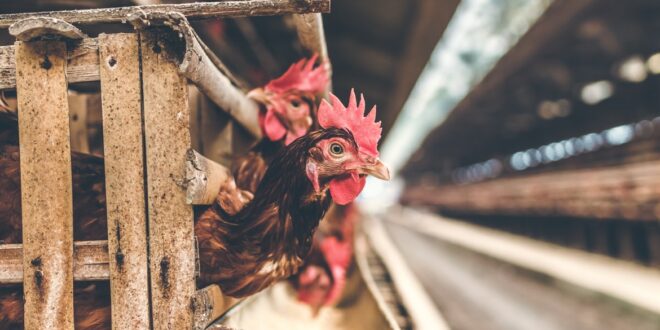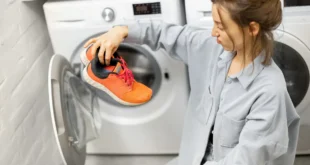Within the next decade, many young farmers will face a challenging task: to replace the aging current generation of commercial farms with modern sustainable livelihoods.
In addition to the wise choice of farmlands and breeds, it is also important that we ensure successful integration into existing value chains. Even if you do not work in the sector today, this article offers valuable insight into what needs to be considered when choosing a profession or changing a profession in these sectors.
For further information about the benefits and challenges of time-tested poultry production methods, you can read our previous articles on traditional poultry farming, where we discuss smallholder innovation over 60 years ago and large-scale chicken breeding. Today we break down the best management practices for a modern poultry farm by explaining why this is so important.
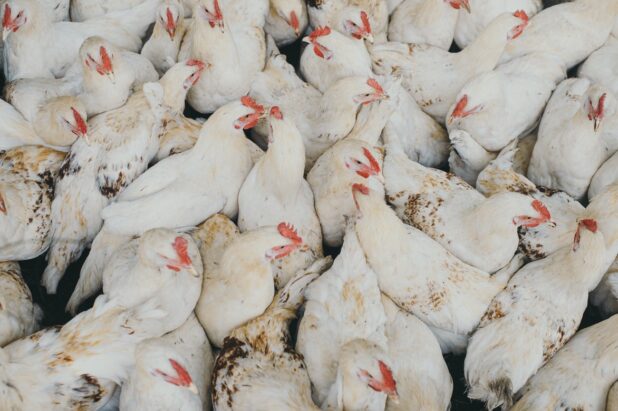
Table of Contents
Size of the farm
On a traditional poultry farm, laying hens are kept in their own well-built house and have access to well-fenced areas where they can peck around freely during the daytime to search for food and insects. If properly sited, manure from these free-range chickens may be used as organic fertilizer on arable land or it could be safely spread onto pastures that provide additional income from milk production or extra feed to cattle. To learn more you could check out https://texha.com.
Manure disposal
Manure disposal is very important if you work with commercial chicken breeds because of the high nitrogen content in chicken manure. You need a nutrient management plan designed according to your environmental regulations. It is much simpler if you work with breeds that are adapted to free-range production. If you work extensively, you can even use chicken manure as fertilizer on pastures or arable land – without the need for strict nutrient management plans!
How much does a new farm cost?
The price of a farm depends on its size, location, and whether it meets regulatory requirements. According to our calculations based on current prices of productive assets, a self-sustainable poultry farm with an output of 50 tonnes/year would cost between $ 30,000 and $ 55,000.
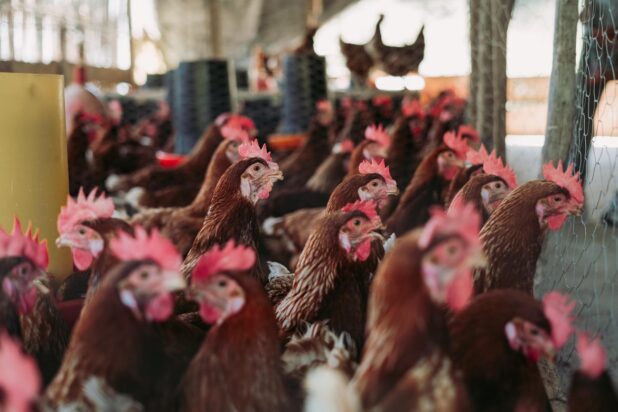
Cutting costs
The main cost-cutting measure is to reduce the number of poultry houses to a minimum. This approach will save money on investments in these buildings as well as on their maintenance. It also reduces staffing costs because there are fewer employees needed to care for a few birds rather than for hundreds or thousands of chickens.
You can realize additional savings through direct links with local producers that supply your farm with chicken feed, which you can mix from raw materials purchased locally. In this way, you support local businesses and become less reliant on long supply chains. Another major cost-saver is choosing breeds suitable for free-range systems where manure can be safely used to fertilize pastures or arable land. Chickens that are adapted to free-range can be raised with low housing costs as well as lower labor costs.
Sustainable model
A new farmer aiming at sustainable business success should therefore focus on appropriate breeds for intensive or extensive production, continuous integration into farmers’ markets, and direct links with local producers of chicken feed. In addition, the cultivation of arable land may provide additional income when exploited appropriately. This strategy will ensure higher yields per acre when compared to commercial poultry farming because it makes better use of technological advances in poultry breeding, farm management, and field husbandry.
Farmers need fewer buildings because fewer numbers are required to house the birds, they have fewer employees due to economies of scale, their composting systems are simpler due to less manure generated per bird, they have greater flexibility to market their products, they have lower feed costs due to local supplies and may also benefit from the cultivation of arable land.
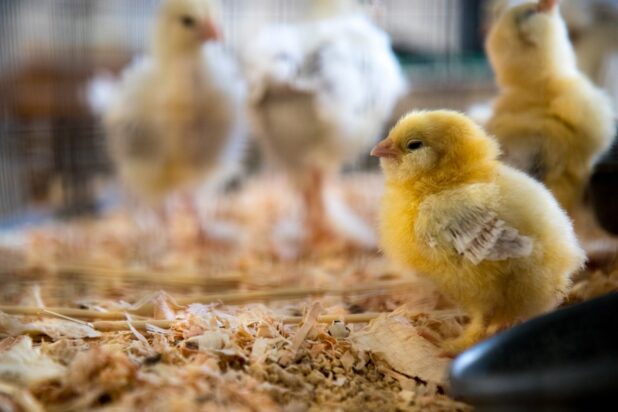
Coccidiosis prevention
Coccidiosis is a highly contagious intestinal disease of poultry caused by Eimeria parasites. It is one of the most important parasitic diseases worldwide and the leading cause of death in young chicks. Although it affects all warm-blooded animals, most commercial farms control coccidiosis using commercial products that are made from chlortetracycline and sulfonamides.
Coccidiosis is a major threat to the health of growing chickens and can cause severe losses in egg production. There are several reasons for this: 1) infection with Eimeria parasites causes anemia, 2) infected birds shed millions of oocysts that contaminate feed and water supplies, 3
This may cover for example hygiene requirements within poultry houses, husbandry practices to be followed when raising laying hens, or conditions that need to be fulfilled before eggs can be marketed as organic.
Cleaning the hen houses regularly
Chickens must be kept under good hygienic conditions, which also includes cleaning the hen house regularly. The high nitrogen content in chicken manure is beneficial for soil fertility but it becomes a problem if it builds up around the bird’s living area. Hygiene problems between flocks become more common when chickens are not housed separately so diseases can spread rapidly among them. Disease outbreaks mean costly interventions because antibiotics have to be administered to control disease outbreaks and productivity suffers due to lower bird densities.
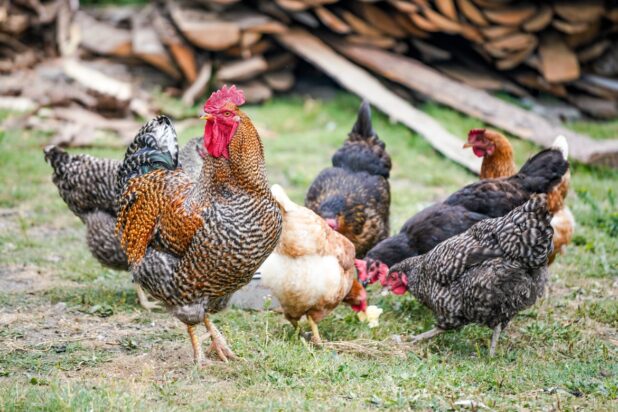
Too much moisture
Cleanliness and hygiene are important to prevent recurring outbreaks of disease because dirt and dust particles originating from feed or litter can affect the health status of flocks. Excessive moisture in hen houses also contributes to a high risk of infection among birds and creates unfavorable conditions for parasites such as red lice or mites who thrive in wet areas. These parasites may cause significant losses throughout the year unless they are controlled using appropriate parasiticides. Red lice (also known as “red mites“)
Debeaking is important
The debeaking process is applied widely across all systems, irrespective of breed used, whether animals are barn-raised or free-range. This technique involves trimming away part of the upper beak while the bird is under general anesthetic. Various techniques are used and the practice has been around since the 1950s. The cutting may be performed using a machine called “debeaking” to perform this operation or with a flexible pair of bell pliers.
In factories, chickens are usually hung upside down from conveyor belts that run through the process lines in order to ease access for one operator who can trim several birds at a time. Research has shown a higher risk of mortality when beak trimming is carried out without anesthesia but no processing line is allowed to move unless all animals have been given appropriate surgical treatment. Besides reducing aggression in laying hens, there is evidence suggesting that debeak processing has positive impacts on food safety because it also prevents transmission of disease.
 World Magazine 2024
World Magazine 2024
